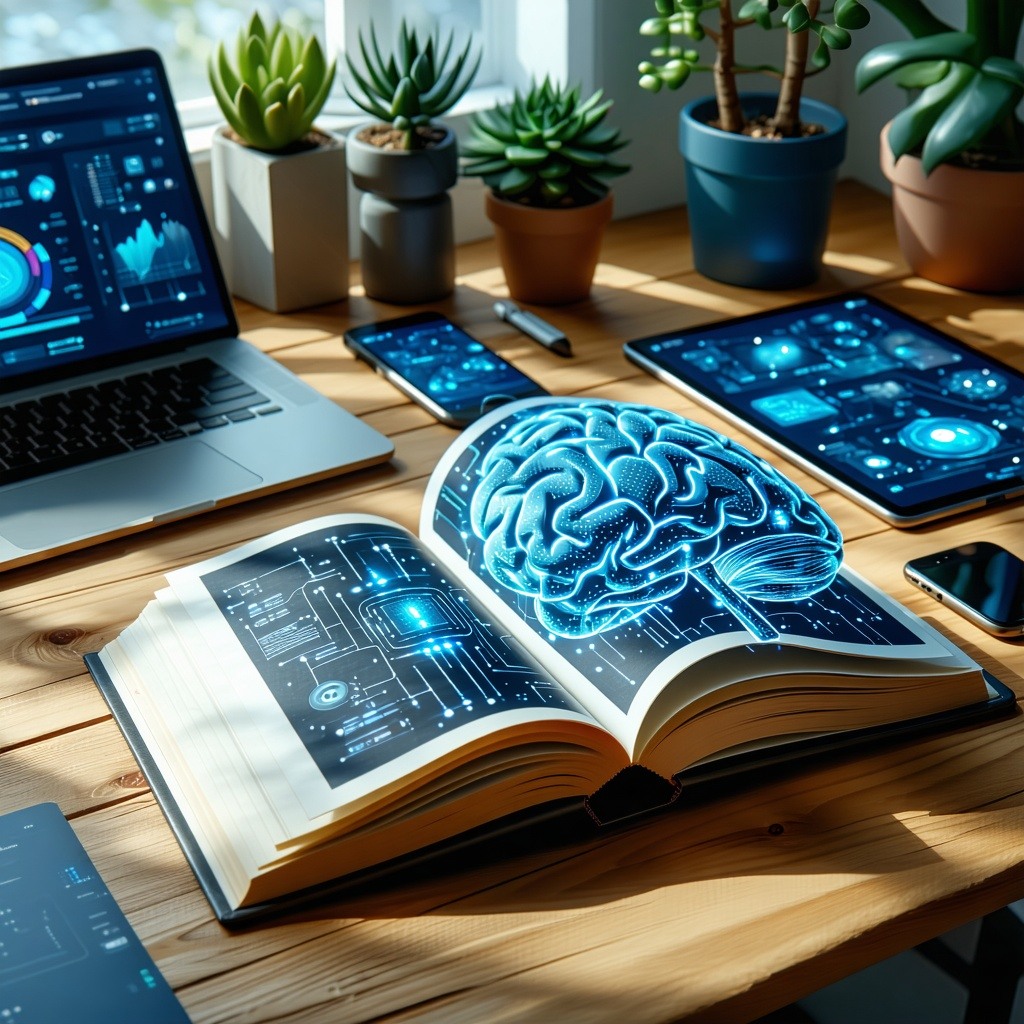Decoding Neural Networks: An In-Depth Guide
Neural networks are a cornerstone of modern Artificial Intelligence and Machine Learning. They mimic the structure and functioning of the human brain to recognize patterns, make decisions, and solve complex problems. In this comprehensive guide, we’ll explore the fundamental principles of neural networks, their various architectures, and their real-world applications—all explained in an approachable and expert tone.
What Are Neural Networks?
At its core, a neural network is a computational model made up of layers of interconnected nodes (or “neurons”). Each neuron processes input data and passes its output to the next layer, ultimately enabling the system to learn from data. This process is inspired by the way the human brain works, where millions of neurons communicate with each other.
Key Components of Neural Networks
-
Neurons:
The basic processing units that receive input, apply a transformation (usually via an activation function), and pass the result forward. -
Layers:
Neural networks are structured into layers:-
Input Layer: Receives raw data.
-
Hidden Layers: One or more layers where processing and feature extraction occur.
-
Output Layer: Produces the final result, such as a classification or prediction.
-
-
Weights and Biases:
Each connection between neurons has an associated weight, determining the influence of one neuron on another. Biases are additional parameters that shift the activation function, helping the network model complex patterns. -
Activation Functions:
Functions such as Sigmoid, ReLU, or Tanh that introduce non-linearity into the model, enabling it to learn and represent complex relationships.
How Neural Networks Learn
Neural networks learn through a process known as training. This involves the following steps:
-
Forward Propagation:
Data is fed into the network, and each layer processes the input until the final output is produced. -
Loss Calculation:
The output is compared to the actual target using a loss function, which measures the error of the network’s prediction. -
Backpropagation:
The error is then propagated backward through the network, adjusting weights and biases to minimize the loss. This process is often optimized using algorithms like gradient descent. -
Iteration:
These steps are repeated over many iterations (epochs) until the network’s performance converges to an acceptable level.
Types of Neural Networks
There are several architectures, each designed for specific types of tasks:
-
Feedforward Neural Networks (FNN):
The simplest type, where data moves in one direction from the input to the output. These are commonly used for basic classification and regression tasks. -
Convolutional Neural Networks (CNN):
Ideal for image and video processing, CNNs use convolutional layers to capture spatial hierarchies in data. -
Recurrent Neural Networks (RNN):
Designed for sequential data like text or time-series analysis, RNNs have loops allowing information to persist over time. -
Long Short-Term Memory Networks (LSTM):
A special type of RNN that is capable of learning long-term dependencies, making it effective for tasks such as language modeling and speech recognition. -
Generative Adversarial Networks (GANs):
Comprising two networks—a generator and a discriminator—that compete with each other, GANs are used to generate new, synthetic data that closely resembles real data.
Real-World Applications of Neural Networks
Neural networks are at the heart of many innovative applications:
-
Image and Speech Recognition:
CNNs power facial recognition systems and voice-activated assistants by identifying complex patterns in visual and auditory data. -
Natural Language Processing (NLP):
Neural networks enable chatbots, translation services, and sentiment analysis tools by processing and understanding human language. -
Autonomous Vehicles:
Neural networks process sensor data in real time to help self-driving cars recognize obstacles, predict behavior, and make decisions on the road. -
Healthcare:
Neural networks aid in diagnosing diseases, personalizing treatment plans, and predicting patient outcomes through advanced data analysis.
Challenges and Considerations
While neural networks offer powerful capabilities, they also come with challenges:
-
Data Quality:
The performance of neural networks depends heavily on the quality and quantity of data available for training. -
Computational Requirements:
Training deep neural networks can require significant computational resources, making it essential to balance model complexity with available hardware. -
Interpretability:
Neural networks are often considered “black boxes” because it can be difficult to understand exactly how they arrive at a decision. Research in explainable AI (XAI) is working to address this. -
Ethical Considerations:
As neural networks influence decisions in critical areas like healthcare and finance, ensuring fairness, transparency, and accountability is paramount.
Final Thoughts
Neural networks are a dynamic and transformative technology that continues to shape the future of AI. From simple feedforward models to complex architectures like GANs and LSTMs, their ability to learn and adapt is revolutionizing industries worldwide. With a solid grasp of their components, learning processes, and applications, you’re better equipped to explore how neural networks can drive innovation and solve real-world business challenges.
Feel free to explore our other in-depth articles and case studies to expand your understanding of AI—from Machine Learning Basics to Advanced Deep Learning Algorithms. If you have any questions or insights to share, please leave a comment below—we’re here to help!


